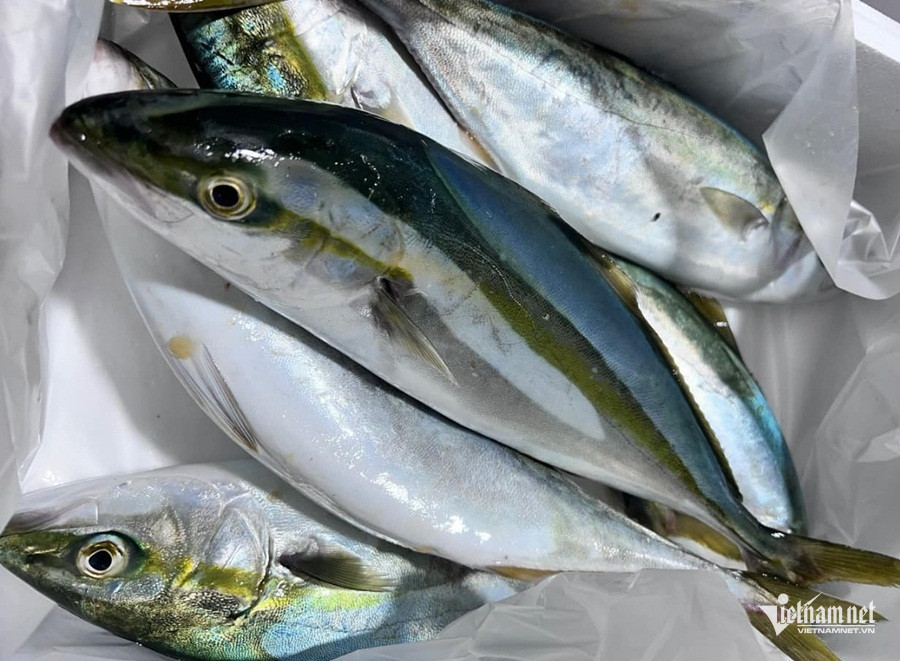
For the first time, Vietnam’s Research Institute for Aquaculture No. 1 has successfully bred yellowtail kingfish (Seriola dumerili), a prized marine species. This milestone opens major potential for the country’s industrial-scale offshore aquaculture sector.
According to the Vietnam Association of Seafood Exporters and Producers (VASEP), the institute has accomplished the first successful breeding of yellowtail kingfish - a fish highly favored in Japan and valued at around 1 million VND per kilogram (approximately 40 USD/kg).
Yellowtail kingfish is widely farmed in countries such as Chile and Mexico, and it plays a dominant role in Japan’s aquaculture industry, accounting for over 50% of total marine aquaculture production.
In Vietnam, yellowtail kingfish is a native species. The first experimental farming took place in 1991 at Bai Nam (Son Tra Peninsula, Da Nang), using broodstock sourced from the wild. However, as reliance on wild fish became unsustainable, the model proved unstable.
Identified as a premium offshore aquaculture species, yellowtail kingfish grows rapidly - reaching up to 3kg within 18 months. Initial research into breeding shows that the species can begin accepting formulated feed instead of natural food as early as day 18 of the nursery stage. This transition phase is a critical technical challenge in aquaculture, and overcoming it marks a key breakthrough. With this success, Vietnam becomes the first country to artificially breed yellowtail kingfish.
Previously, countries such as Japan and China attempted to reduce dependency on wild seed by developing artificial breeding programs. However, cold climate conditions negatively affected fertilization rates, embryo development, larval survival, and the availability of appropriate larval-stage feed - leading to poor juvenile survival rates and limited success.
Yellowtail kingfish, also known as striped amberjack, thrives in warm seas around the world and is particularly suitable for offshore cage farming. Its adaptability to distant-sea aquaculture offers a promising solution to relieve pressure on coastal fish farming areas in the future.
PV